Chevrons on sleeves, shirts and other parts of clothing are symbols of distinction of representatives of the Ministry of Emergency Situations, the Federal Security Service, the Russian Armed Forces and other services. Today they are created according to the existing standards and requirements of the unit. What types of chevrons there are and how to sew on a patch are described below.
- Historical standards
- Types of seams
- The location of the chevrons on the police uniform
- Sewing process
- How to sew a police chevron onto a shirt
- Back patches of the Ministry of Emergency Situations
- EMERCOM sleeve patches
- Military uniform
- Personalized chevrons of the RF Armed Forces
- New chevrons of the Russian Armed Forces
- Chevrons on the parade uniform of the RF Armed Forces
- For naval service
- How to sew a Cossack chevron
- FSB patches and chevrons
- FSB badges
- FSB back patch
- FSB sleeve insignia
- Patches for the uniform of the Federal Penitentiary Service and the UIS
- For educational institutions
Historical standards
According to historical standards of how to sew a chevron on a sleeve, the type of placement and appearance of it was prescribed differently in each unit. For example, the crossed anchor of the navy was usually sewn on the left sleeve, the shield with the image of the Russian flag and the coat of arms of the ground forces was placed on the left and right sleeve. General stripes of the field uniform were placed on the left.
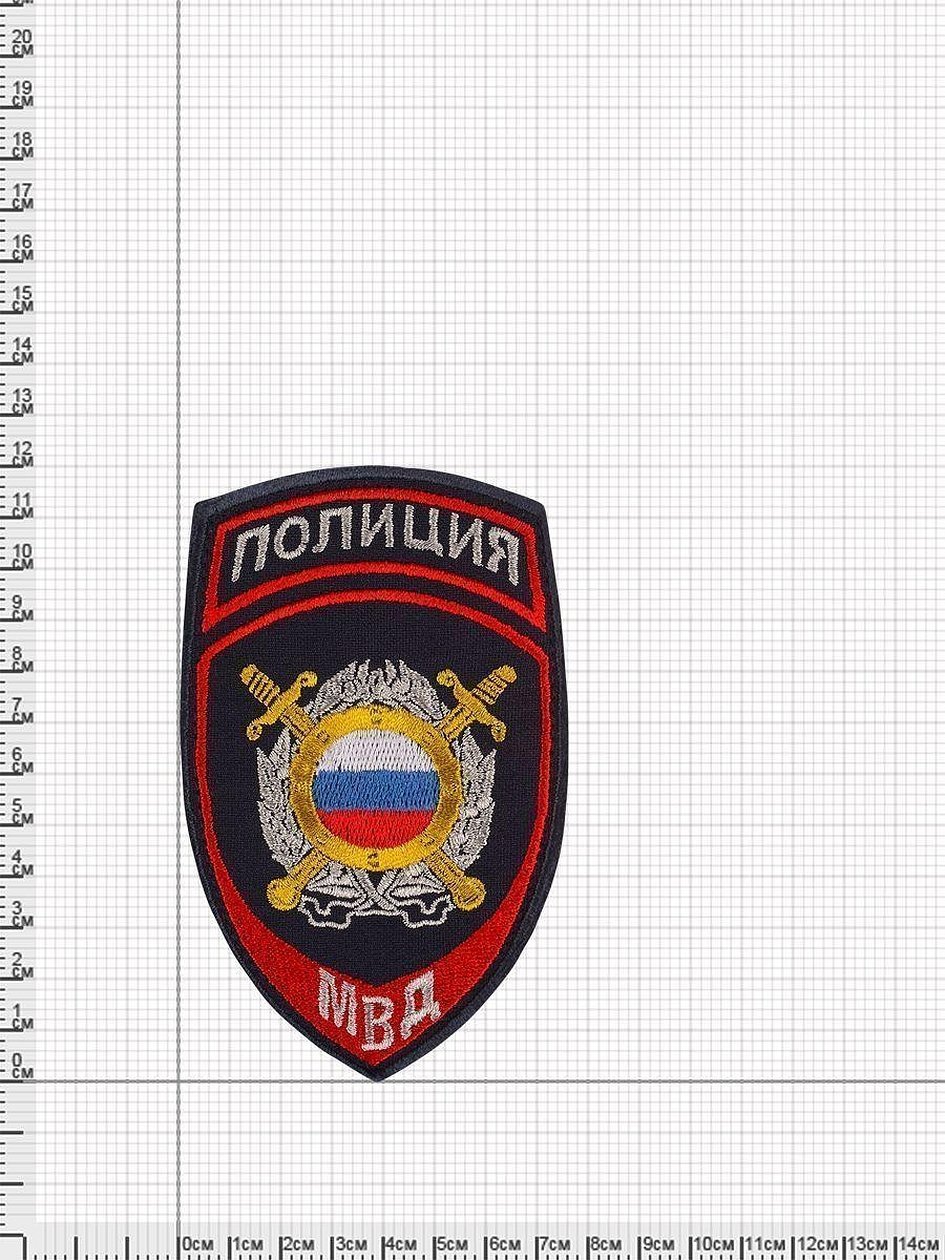
At the moment, there are non-standardized rules that prescribe the fact of how the chevrons should be located. They indicate information on how the stripes should be located, where to sew them. However, some private enterprises change the rules for their own reasons. There are no uniform requirements for the form and how to sew the chevrons correctly and at what distance.
Various legislative acts contain only some information about the appearance of a person when performing official duties. Such documents indicate that the appearance should emphasize the status of the object.
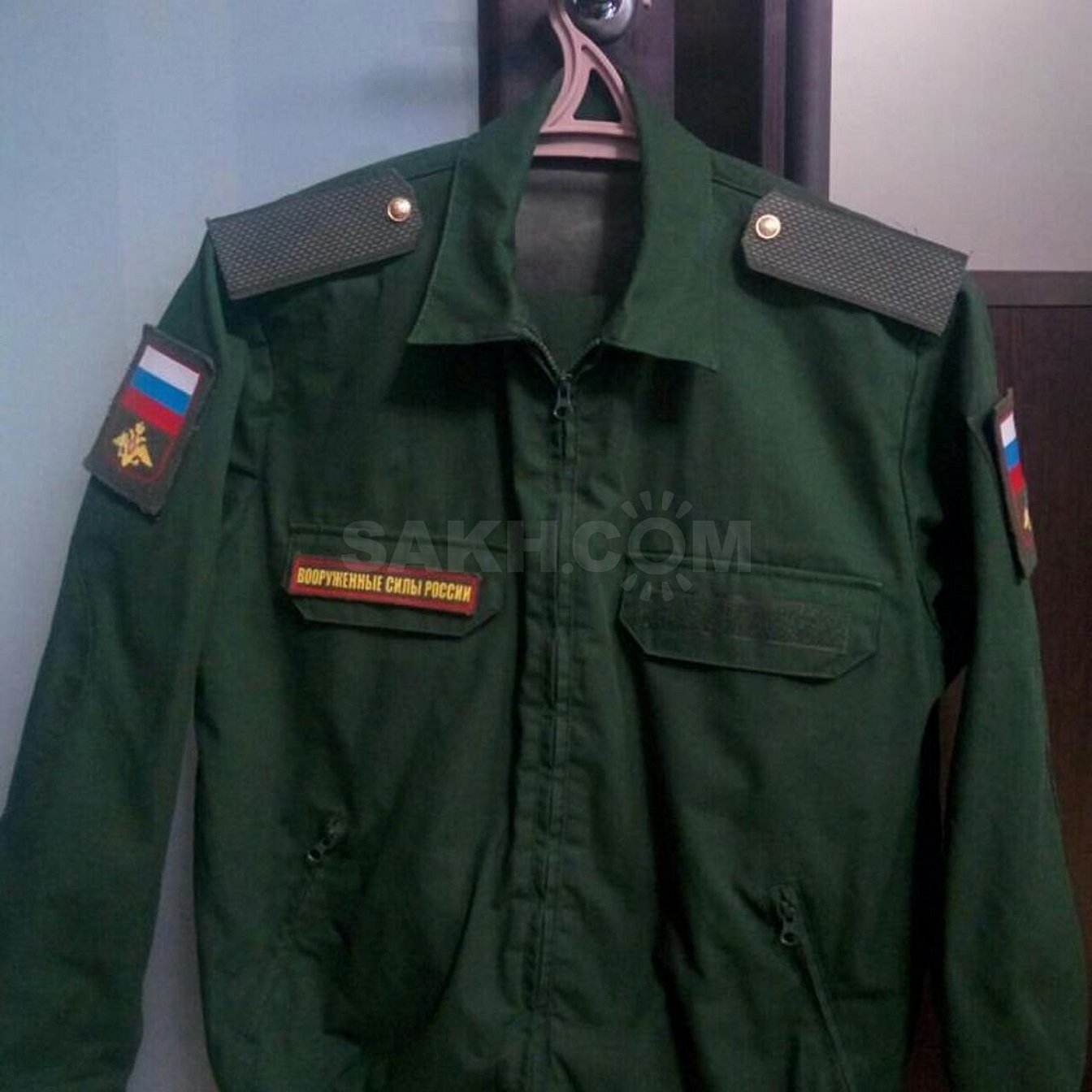
Types of seams
Seams can be simple stitched, double (French), linen, confection, internal, stitched and stitched overlay. There is also a large group of seams: connecting and edge seams. Connecting seams can be stitched, stitched with open cuts, overlay with closed cuts, lapped and double. Edge seams can be edging, tucked and edged.
Please note! There is another classification. Seams can be stitching, stitching-overlock, hemming, quilting, basting, marking, basting, fluffing, copying, loop, fastening, button and finishing.
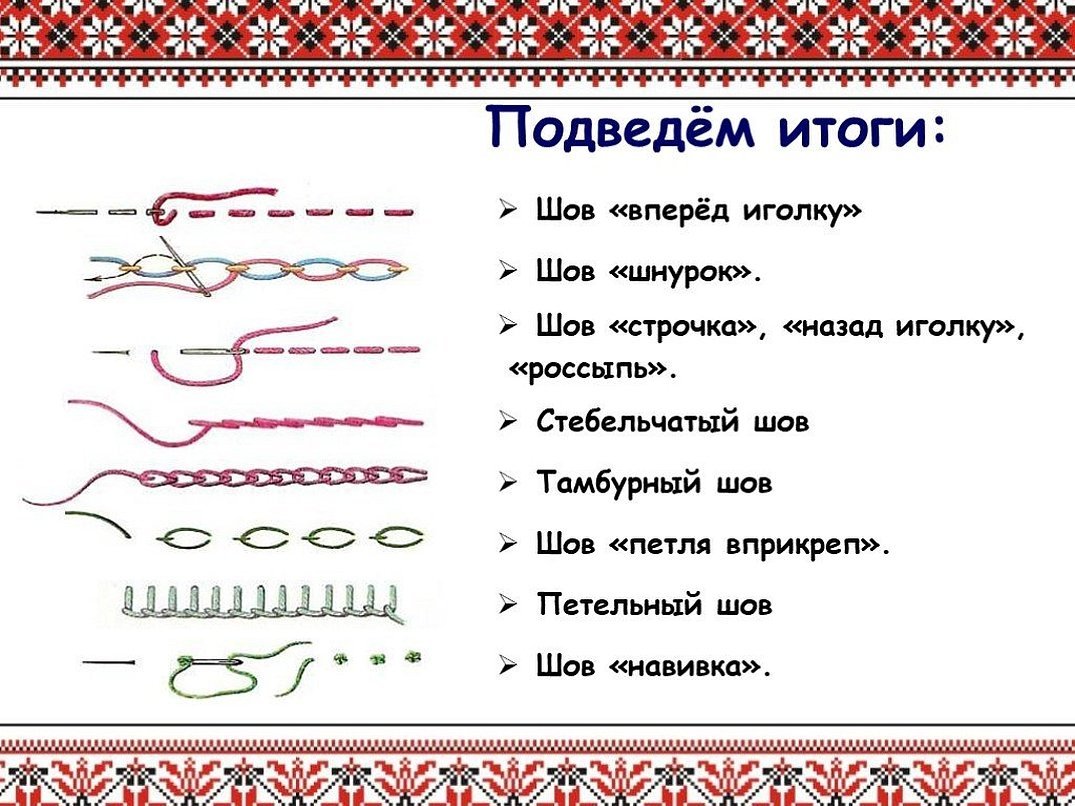
The location of the chevrons on the police uniform
Patches should be present everywhere. They should be sewn on the back, chest of the shirt, headdress and sleeve. The inscriptions should also emphasize the business status. The color can be standard or match the existing style of the object.
Police officers must have their insignia on their jacket, raincoat, waistcoat, shirt, blouse, jumper, sweater, tunic and coat. On the first three items of clothing, the stripe must be attached to the left breast pocket with pins. On the following items of clothing, except for the tunic and coat, the stripe is attached to the left breast pocket. On the demi-season coat, it is attached to the left side of the chest. On the sheepskin jacket, it is attached to the left side of the chest four centimeters below the "Police" sign.
On the right side of the chest are placed the signs of the Ministry of Internal Affairs. They are placed on clothes, backpack horizontally from left to right with a distance of 5 millimeters.
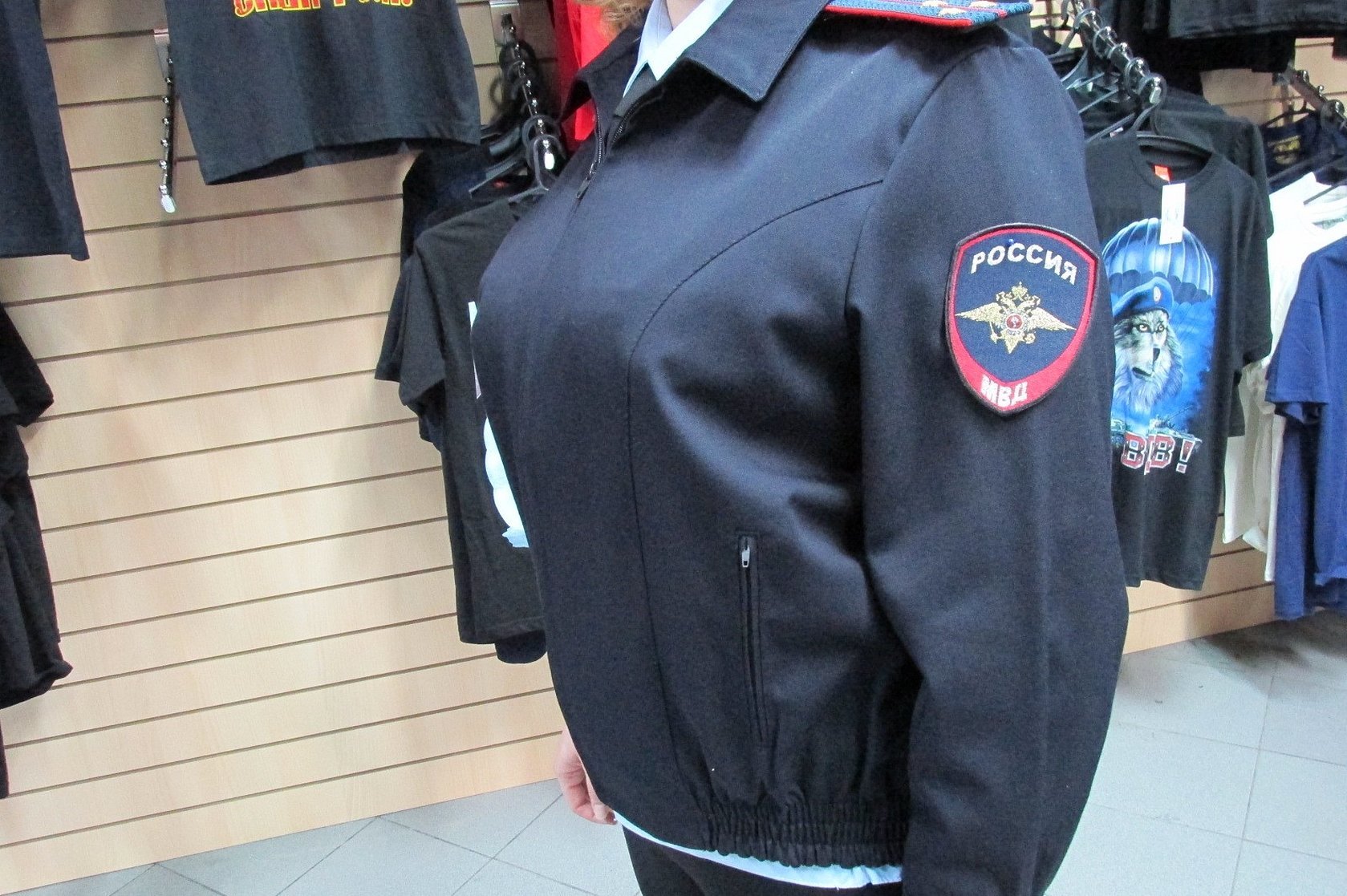
Sewing process
You can sew on a finished patch yourself using a machine or by hand. It is not recommended to sew on the product using a machine, namely using a sewing machine, since unwanted types of stitches may appear.
It is easy to sew a ready-made patch onto clothing by hand. It is enough to use a ready-made master class on sewing a patch onto a judo kimono, a denim dress or a uniform of a Russian Guard guard. Often, when step-by-step instructions on how to properly sew on insignia are not required when knowing a special blind stitch to create an invisible fastening.
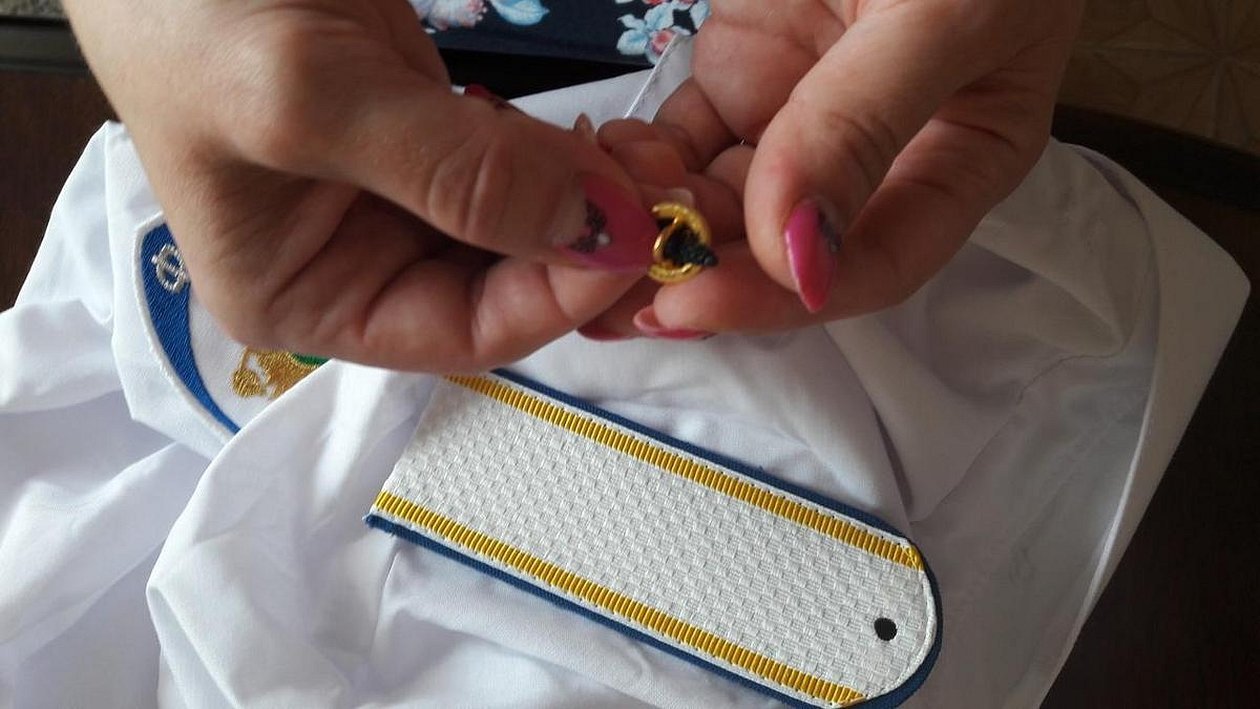
How to sew a police chevron onto a shirt
All that is required is to take the policeman's clothes and estimate the placement of the product. To prevent it from falling or sliding off when sewing, it is necessary to pin it or secure it with double-sided tape or a pin. If the product is large and complex in shape, more fastening points should be used.
Please note! The product can be sewn onto any shirt. It can also be placed on a gun case or other work items.
You should not make the product move when sewing. This is the only way to get a smooth and neat result. Take a pin with a needle, press it to the product, pierce it from the inside to the front side carefully. If the item has a dense structure, you need to pierce it with force. This should be done carefully to avoid damaging the front part.
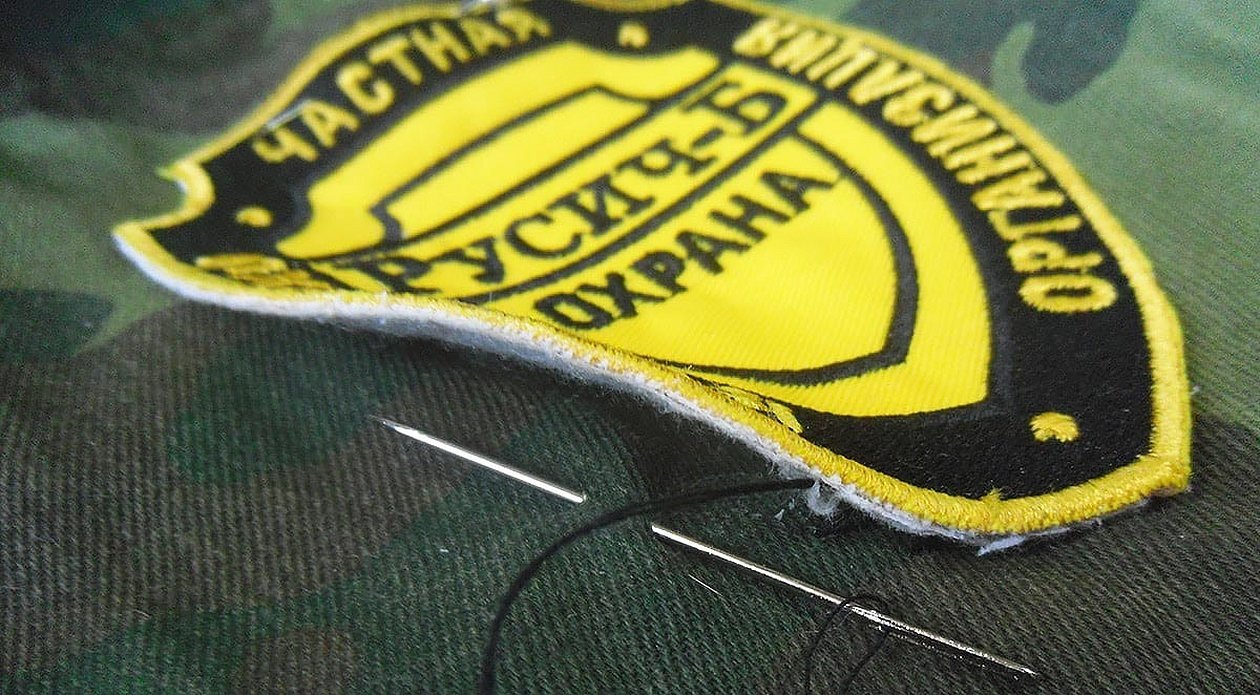
Back patches of the Ministry of Emergency Situations
On the back of all representatives of the Ministry of Internal Affairs there is a corresponding inscription showing the employee's affiliation with the Ministry of Emergency Situations of the Russian Federation. Often this is embroidery on the product. Sometimes a glow-in-the-dark patch.

EMERCOM sleeve patches
The sleeve patches are located at an eight-centimeter distance from the top to the shoulder seam. On the left sleeve is a distinctive sign of belonging to the Ministry of Emergency Situations, a little higher is the flag of the Russian Federation. On the right sleeve is a sign of a specific unit. For example, the patch of the state fire supervision, the paramilitary mine rescue unit and the national crisis management center.

Military uniform
Patches on military uniforms are called galloons. In 2019, their description and location were regulated by order No. 300. They look like a shield with a flag and troop emblem inside. The main difference between modern galloons is their standardized rectangular shape.
They are located on the sleeves and chest. The left sleeve bears the symbols of the Ministry of Defense, the General Staff of the Armed Forces of the Russian Federation, the Armed Forces of the Russian Federation, the Railway Troops, and the Air Force. A patch with a specific military formation and national affiliation is sewn onto the right sleeve (this only applies to military personnel of foreign countries).
Please note! Sleeve insignia are placed on a woolen tunic, demi-season jacket, woolen jacket, woolen blazer, flannel jacket, everyday winter jacket, everyday demi-season jacket, everyday jacket and field jacket.
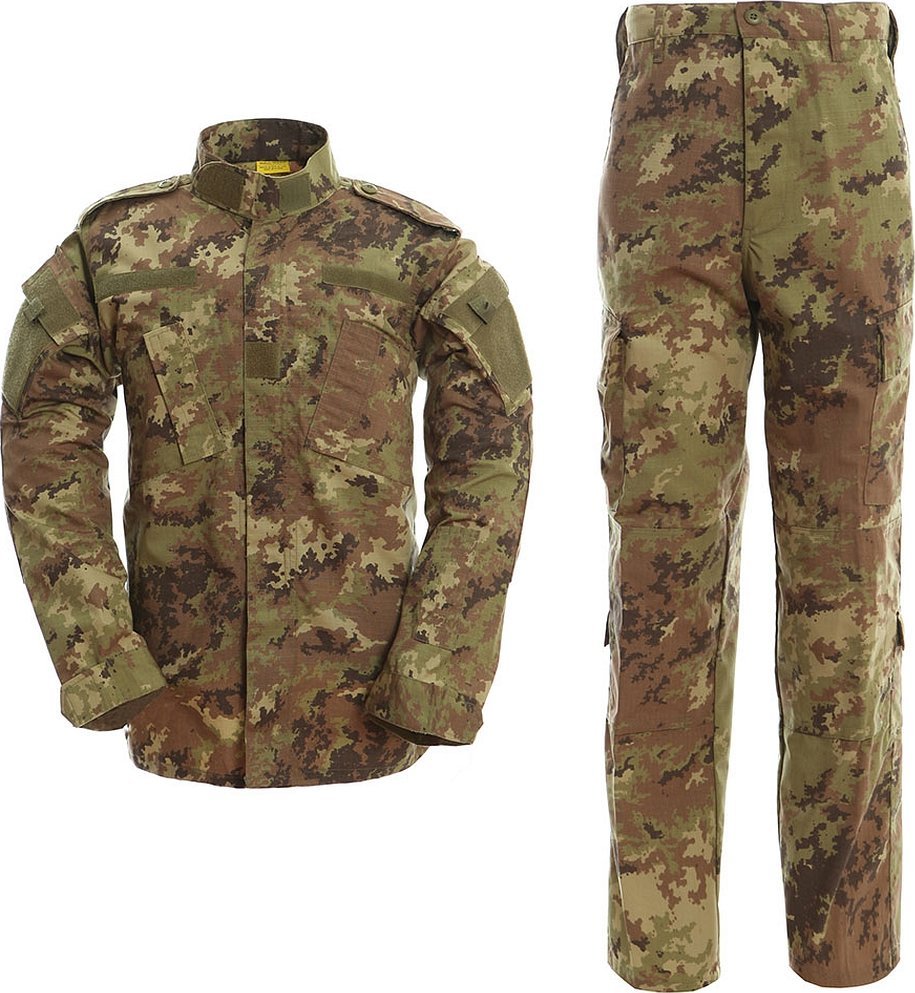
Personalized chevrons of the RF Armed Forces
Personalized chevrons of the RF Armed Forces are used for personalization purposes in the army. For the armed forces and the Ministry of Emergency Situations, a personalized patch is a mandatory attribute. As a rule, it is used on the uniform of cadets and is located on the chest on the right.
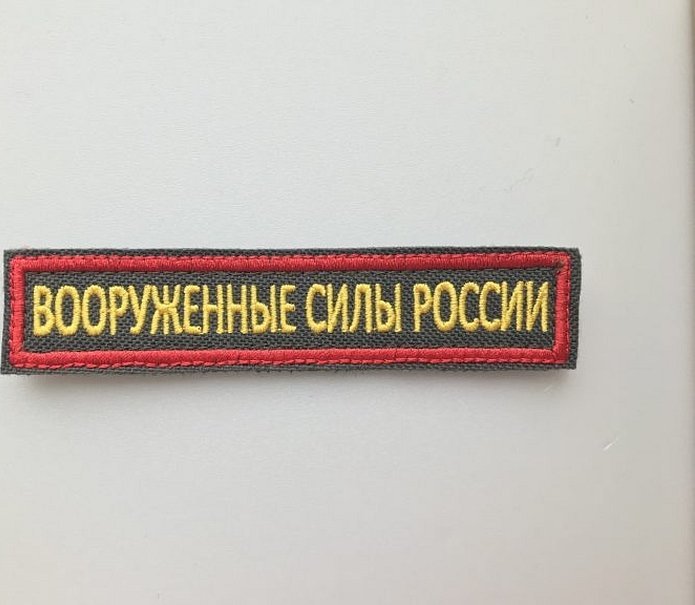
New chevrons of the Russian Armed Forces
New rules for wearing and describing chevrons of the Armed Forces of the Russian Federation appeared in 2013. According to them, on holidays, blue and black stripes resembling tulips, 72 millimeters wide and 87 millimeters high, are placed on the military uniform. On ordinary days, green, black and red insignia are placed on the military uniform. Sleeve insignia are attached in the upper right corner, above the national flag. Previous models were round. They were also placed.
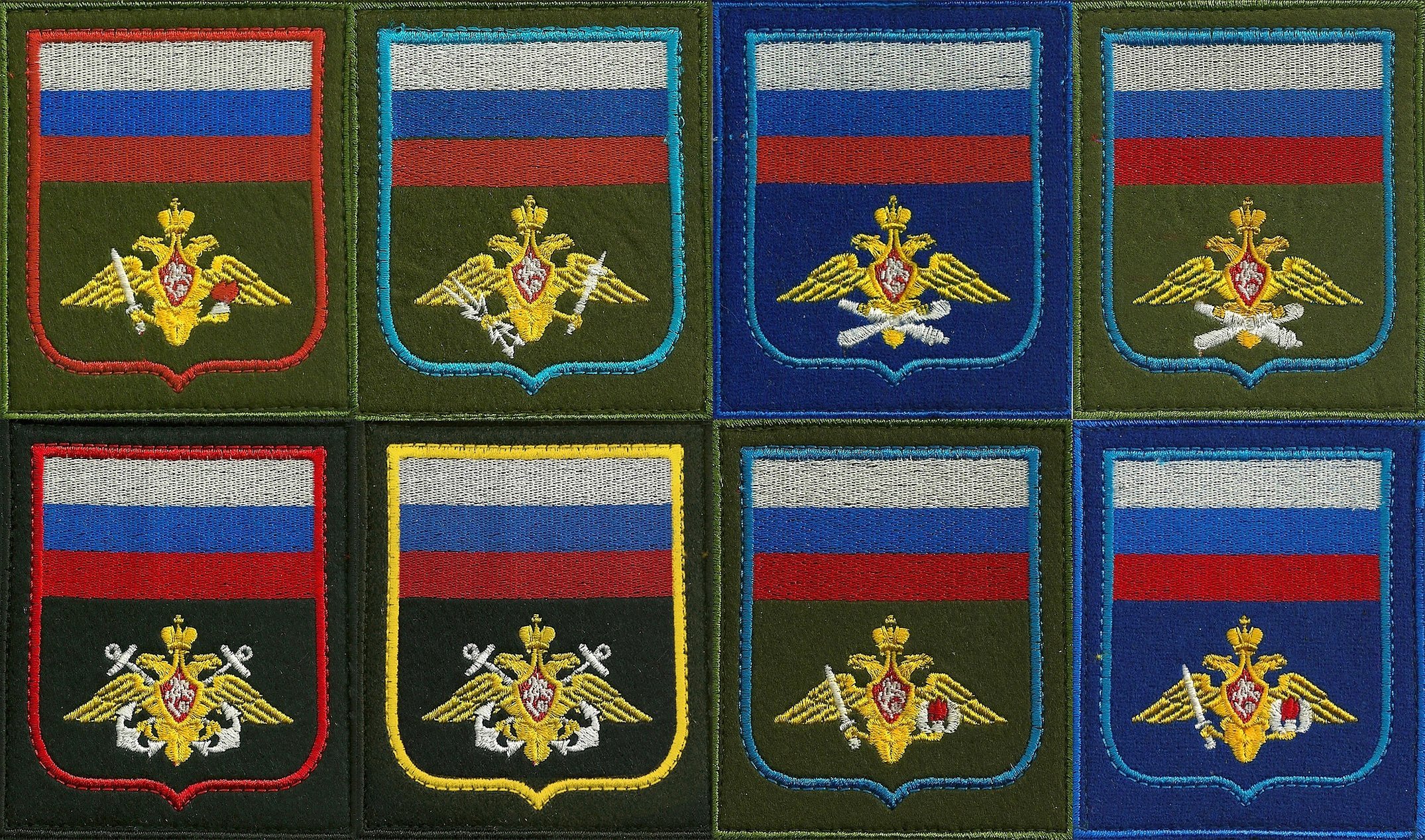
Chevrons on the parade uniform of the RF Armed Forces
Chevrons on the parade uniform of the armed forces are traditionally placed on the right and left. In addition to insignia, there are round galloons on the coat collar and awards.
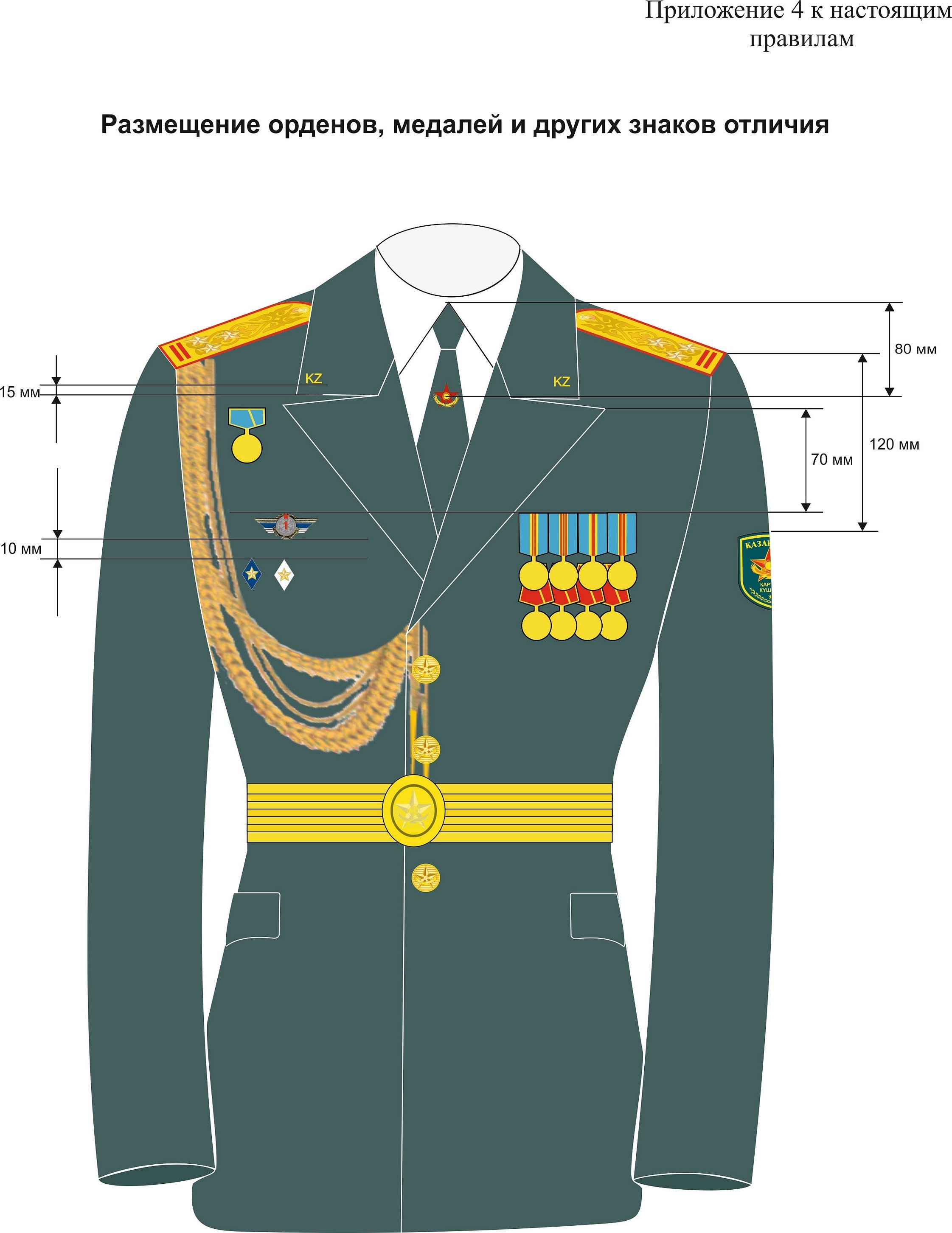
For naval service
There is no single chevron for representatives of the Russian Navy. Their appearance and quantity depend on the service fleet (Northern, Pacific, Black Sea, Baltic and Caspian) and unit (flotilla, division, brigade, division, region and base). According to a single concept, they all have a coat of arms with standard elements of the naval hierarchy.

How to sew a Cossack chevron
Cossack chevrons are sewn on as standard on the sides of the sleeves with a simple, internal, stitched overlay stitch. They can also be attached to everyday and festive uniforms with Velcro.
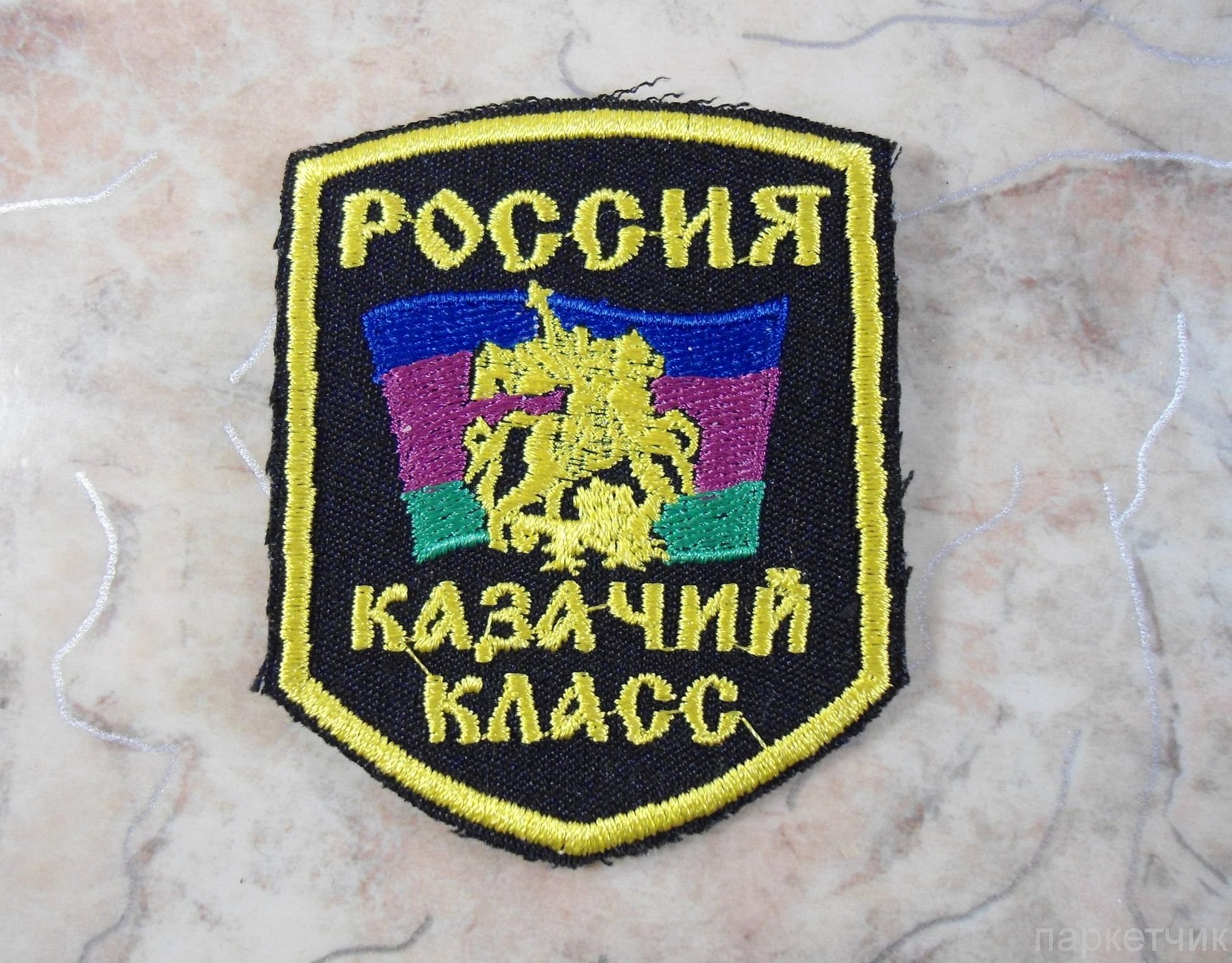
FSB patches and chevrons
Each special unit of the Federal Security Service has its own sign. The special unit "Alpha" has a blue emblem and a red letter A, the unit "Vympel" has a gray sign and a gold letter B, the unit "Kasatka" has a killer whale emblem on a blue background of the shield, and the unit "GRAD" has a black patch with the corresponding inscription on the star.
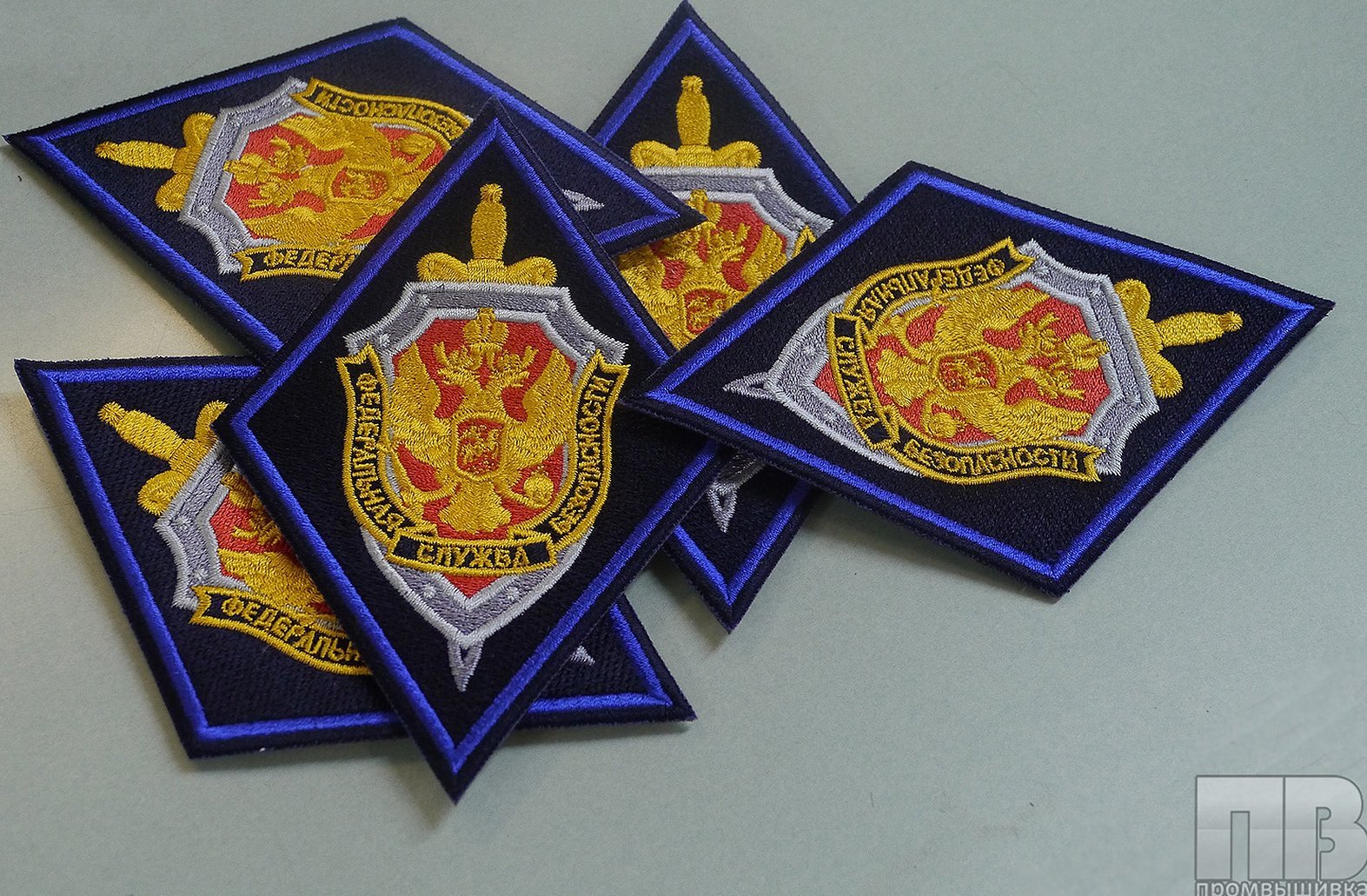
FSB badges
Representatives of the Federal Security Service place interdepartmental and state Russian and Soviet awards on their chests. They are placed on the uniform from top to bottom, left to right. They also place combat galloons with a width of 6 millimeters and a length of 43 millimeters. Chest badges are placed only on the festive uniform. They are not placed on the field, sports, work, special and protective uniforms.
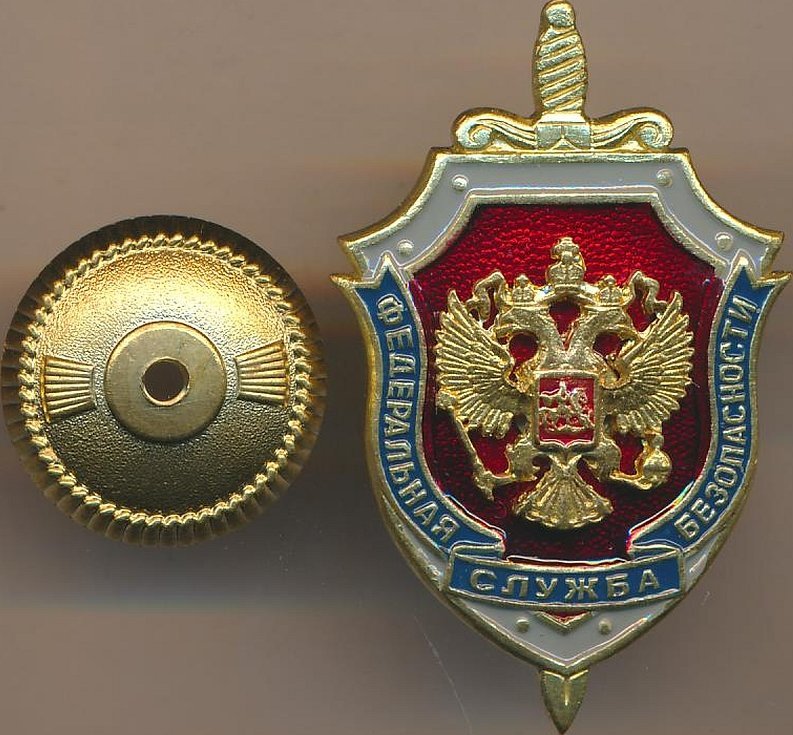
FSB back patch
The black rectangular FSB back patch is not provided for on the working, field and holiday uniforms. It is used only on the military uniform for combat special operations.
Please note! It is sewn on with regular, non-luminous black threads or attached to clothing with Velcro.
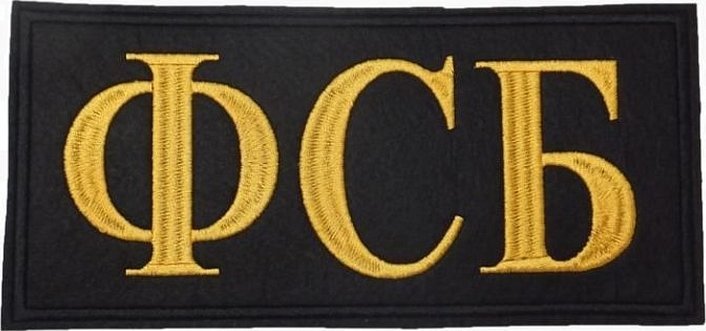
FSB sleeve insignia
Representatives of the Federal Security Service wear chevrons in the form of diamond-shaped shields. On the right sleeve is an emblem indicating the unit (for example, the counterintelligence department, the organizational and personnel department, the military mobilization department, and the public relations center), and on the left is the general FSB emblem. The background of the insignia can be black, light green, or gray. The chevron is attached to the coat and field camouflage clothing.

Patches for the uniform of the Federal Penitentiary Service and the UIS
FSIN employees must have several distinctive signs: general stripes that are suitable for the entire SIN, and those indicating a specific unit. The general emblem has an oval shape. They are placed on the chest and the right sleeve on the outside. On the left sleeve are the insignia of people who work in the central office, territorial body, UIS institution and educational institution of the FSIN. The color of the sign can be presented on a blue-white or blue-gray background. Representatives of the Special Forces wear an additional stripe 27 by 7 centimeters above the chevron, which corresponds to the unit. The insignia are attached using classic sewing and Velcro.
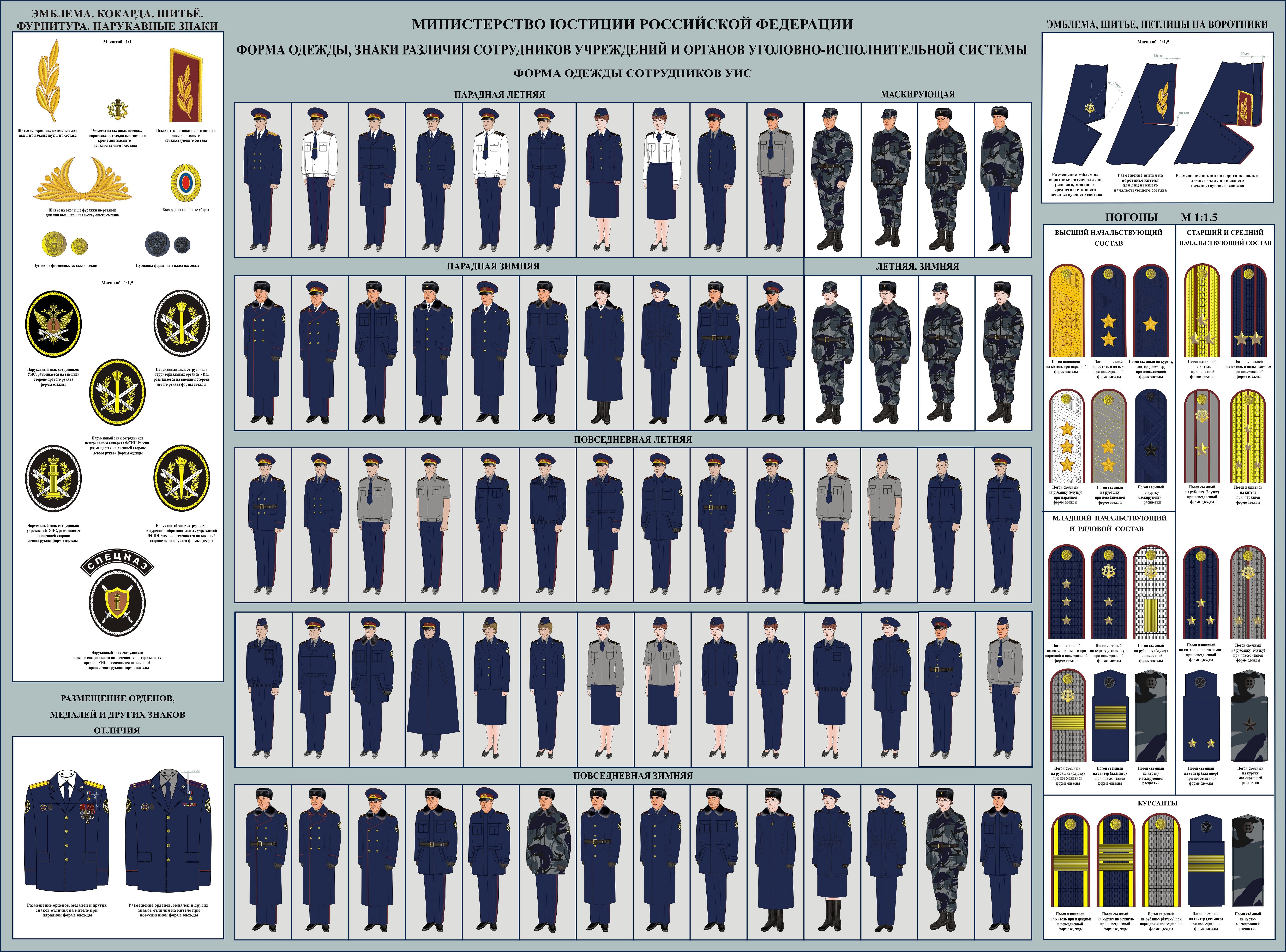
For educational institutions
Cadets or cadets of educational institutions wear a name stripe on the right, insignia on both sleeves on the everyday uniform. On the festive uniform, insignia, awards and gold squares are placed. The number of the latter indicates the course of study completed. The latter are located 10 millimeters below the unit stripe.
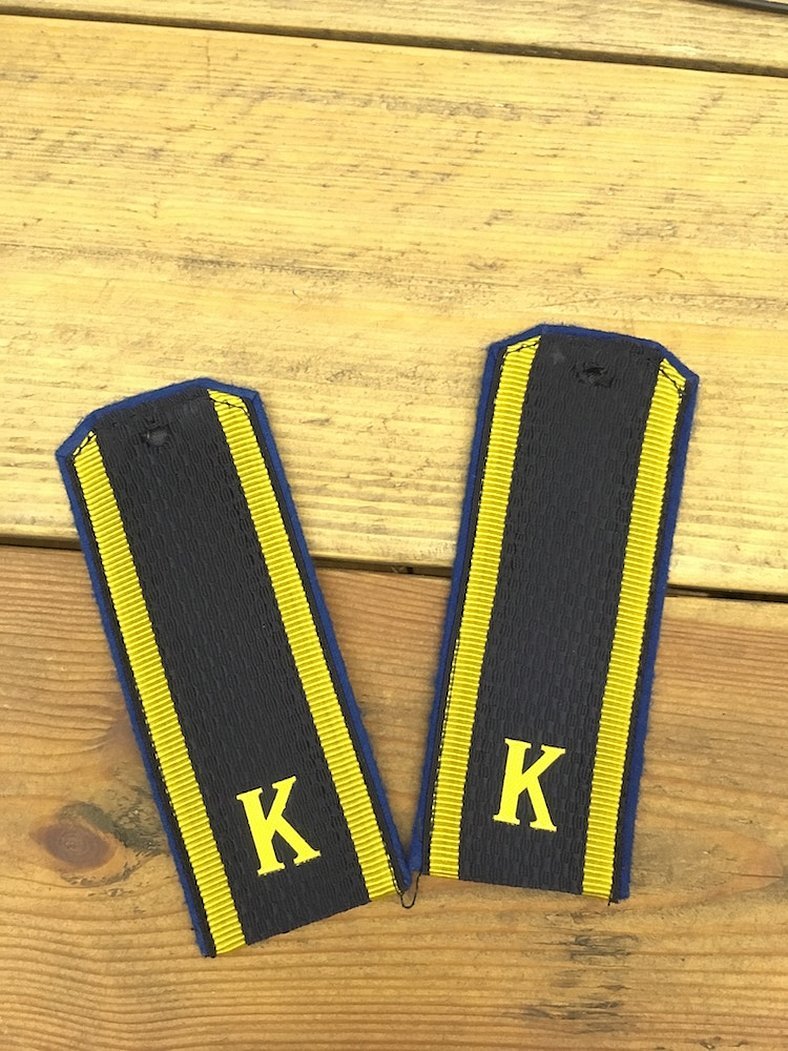
The chevrons on the uniform must be placed according to GOST. Their placement, choice of fabric and application of the patch are regulated by existing legislation. It is important that the emblems are present on all parts of the clothing. You can sew on any patches yourself using the simple instructions above.




